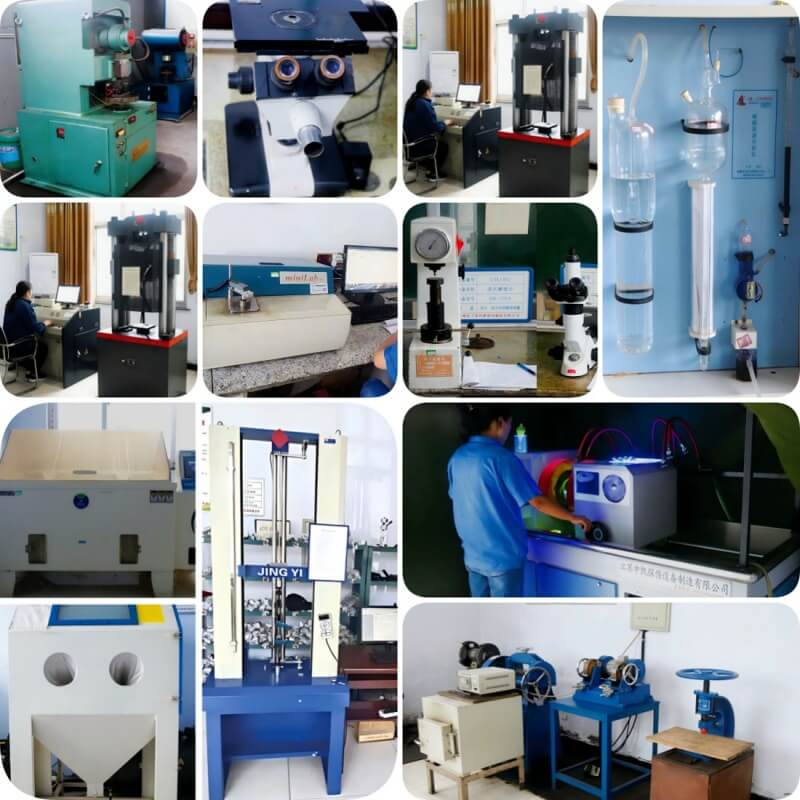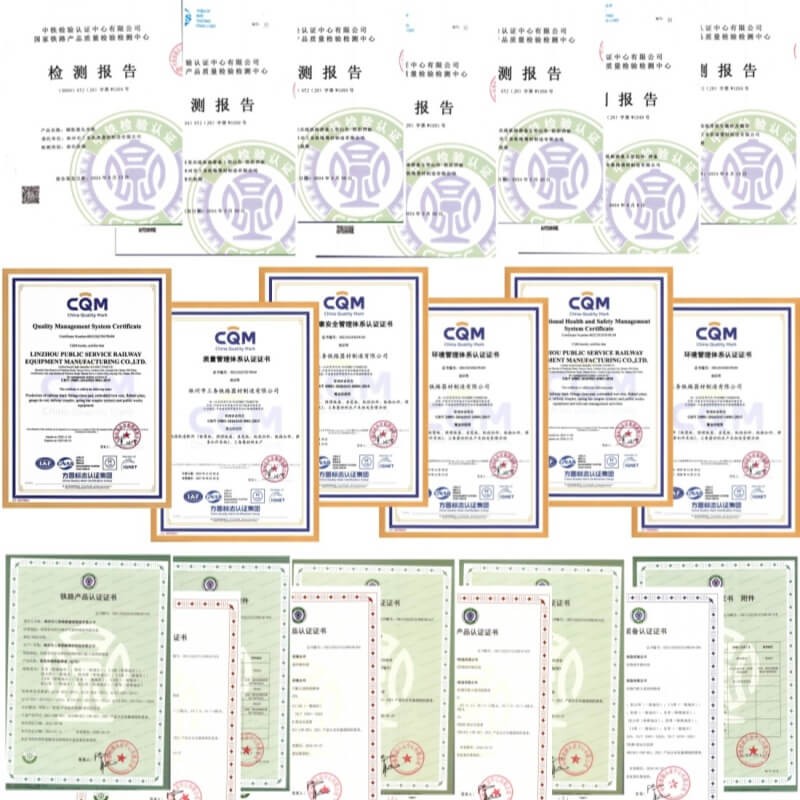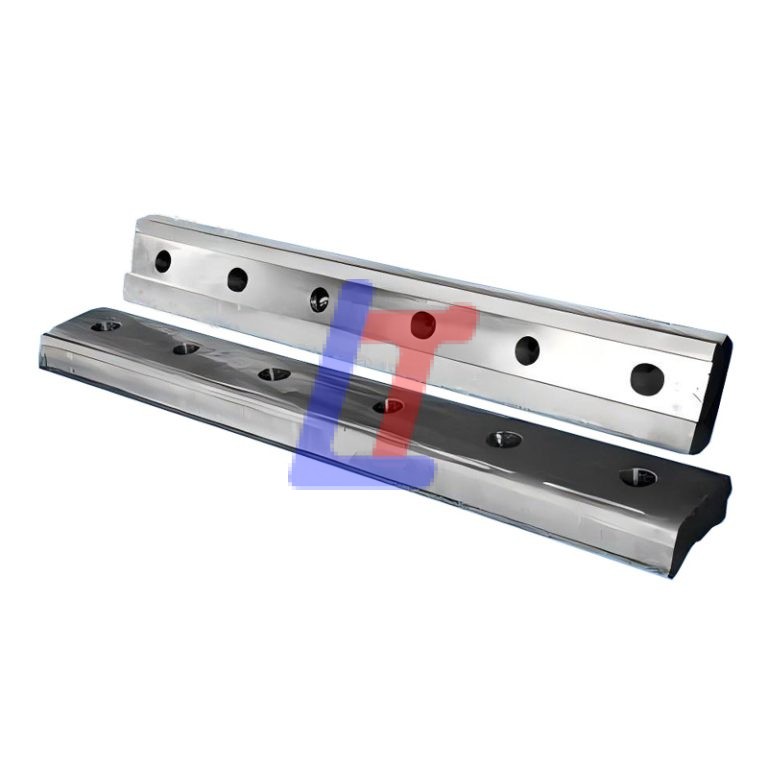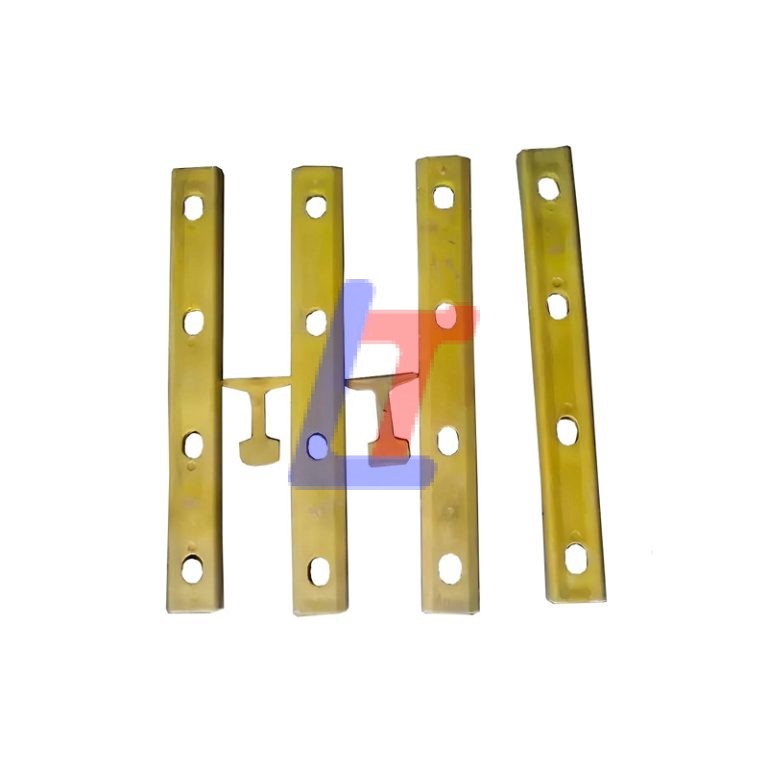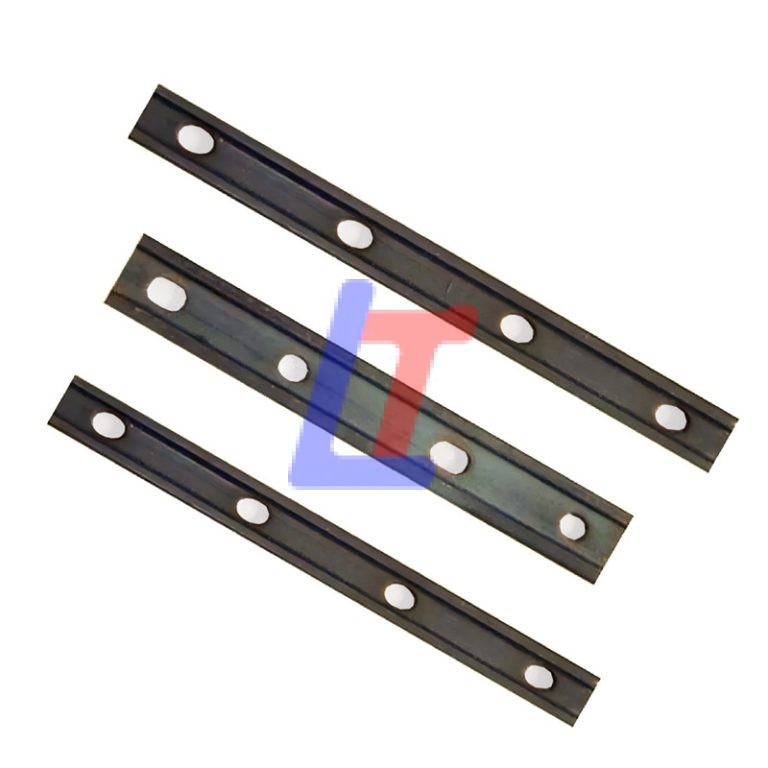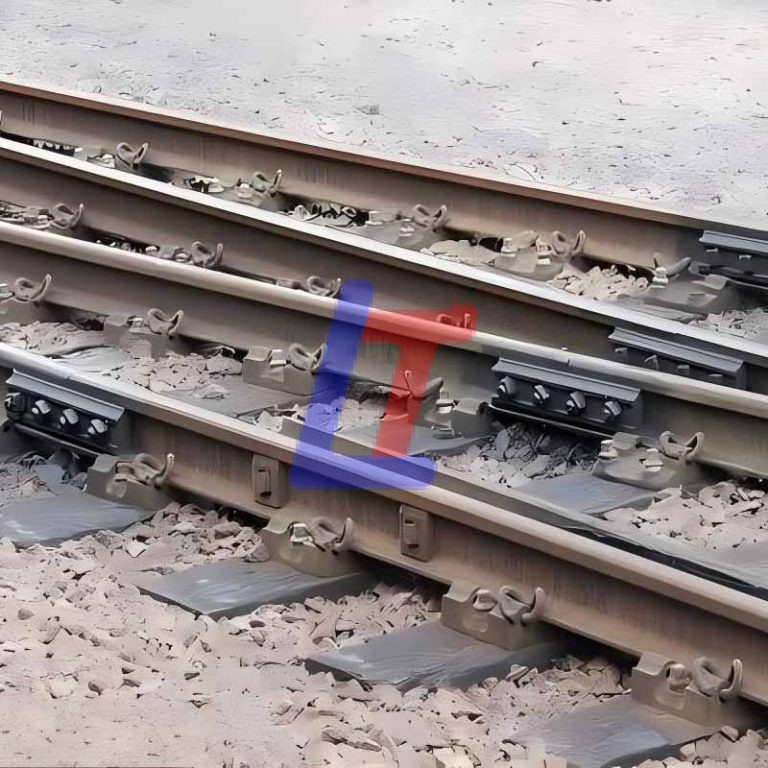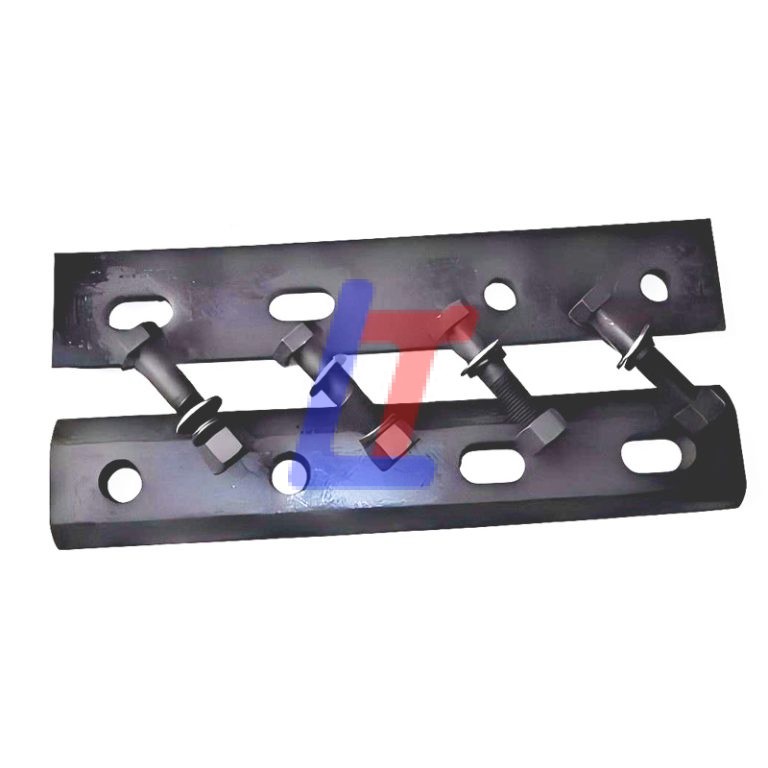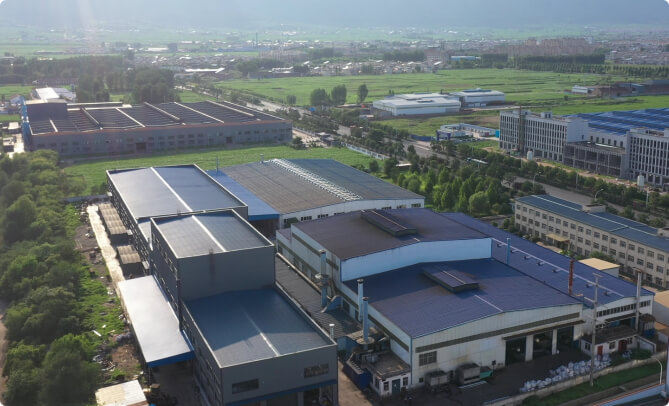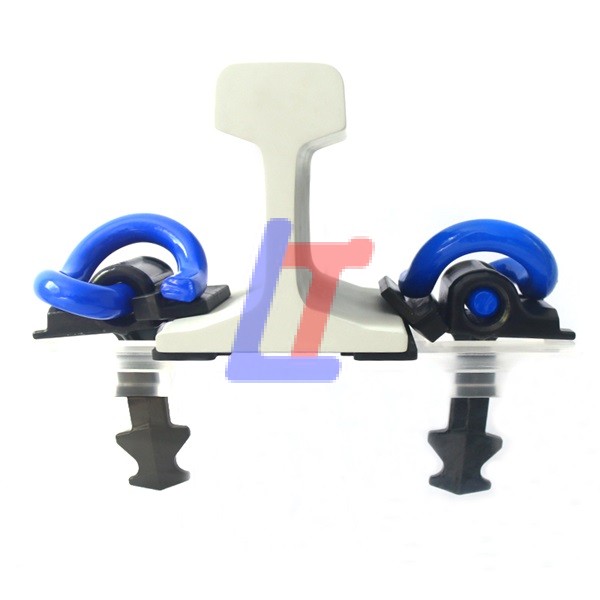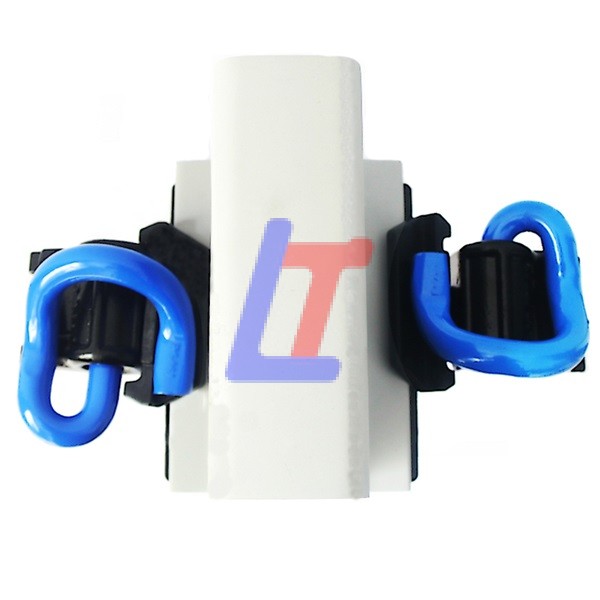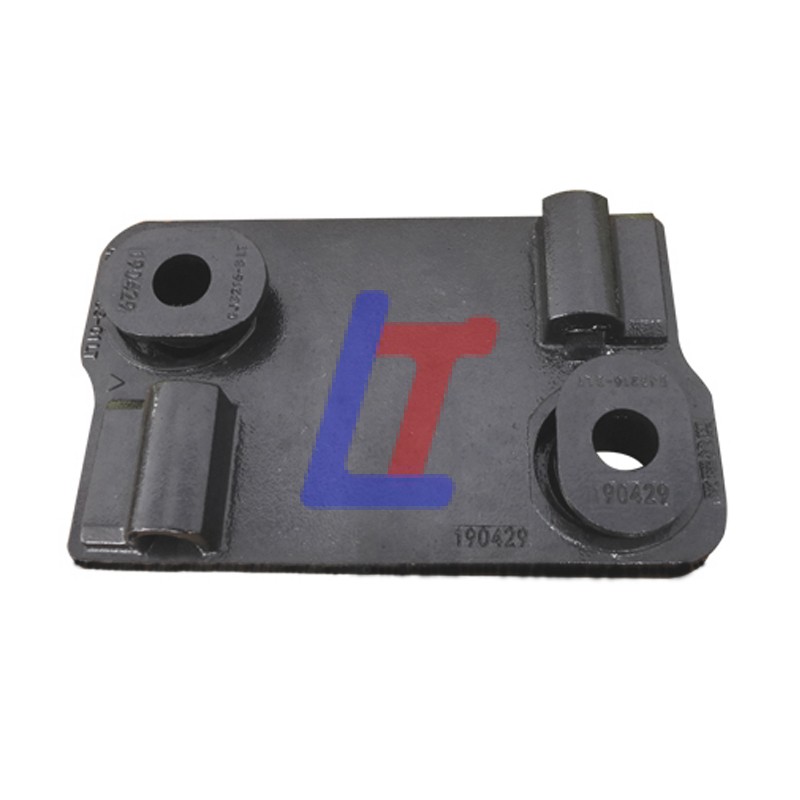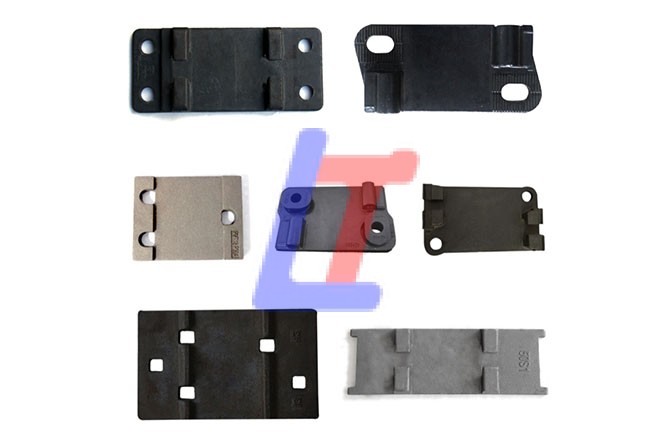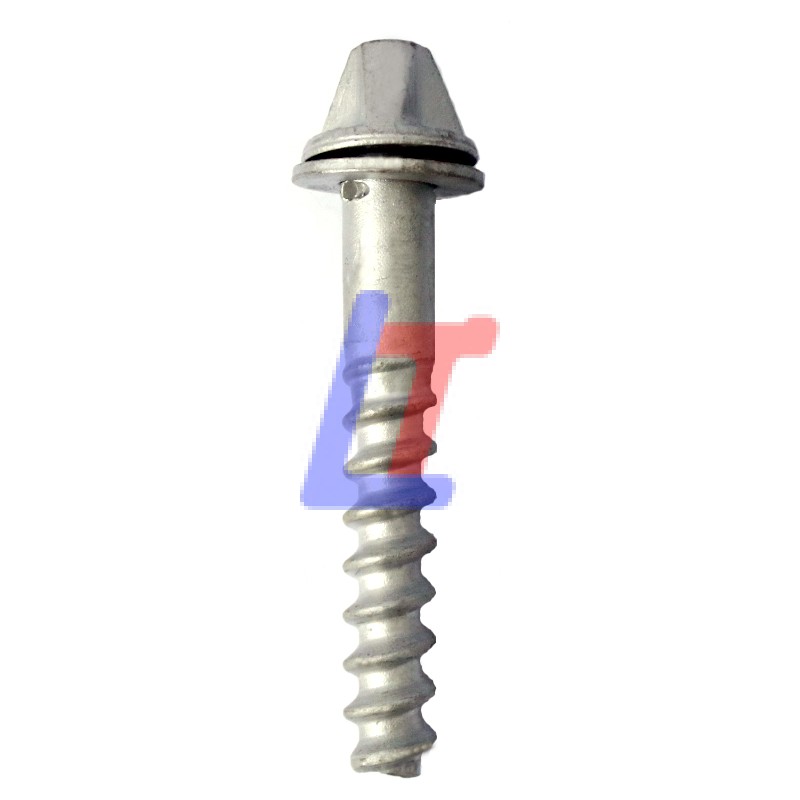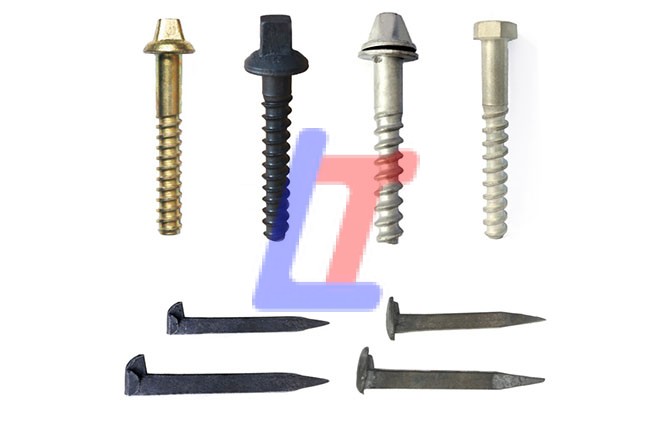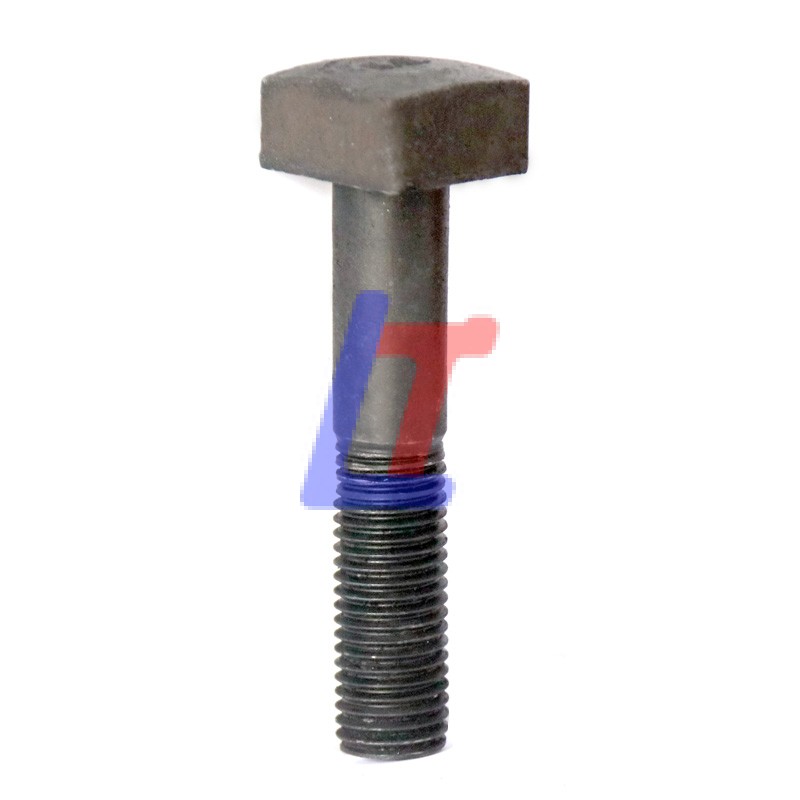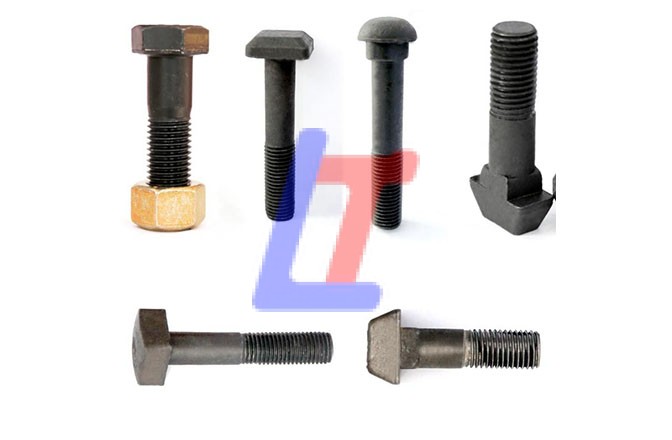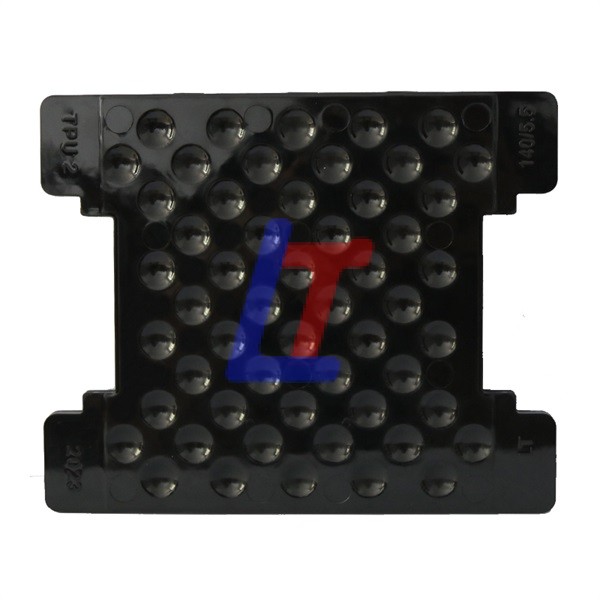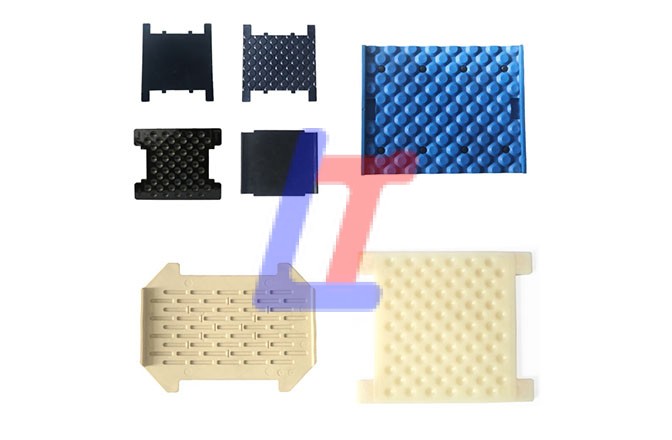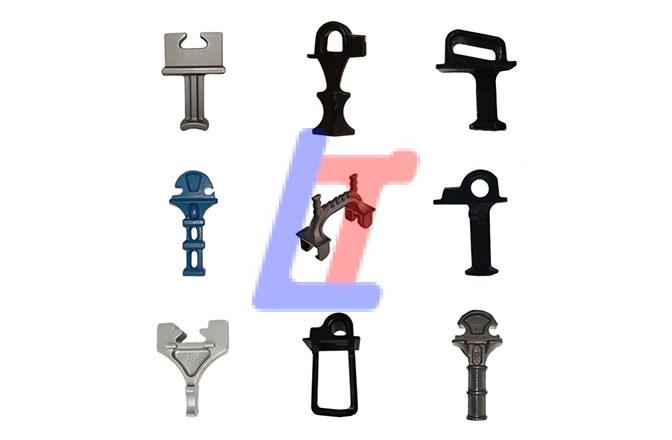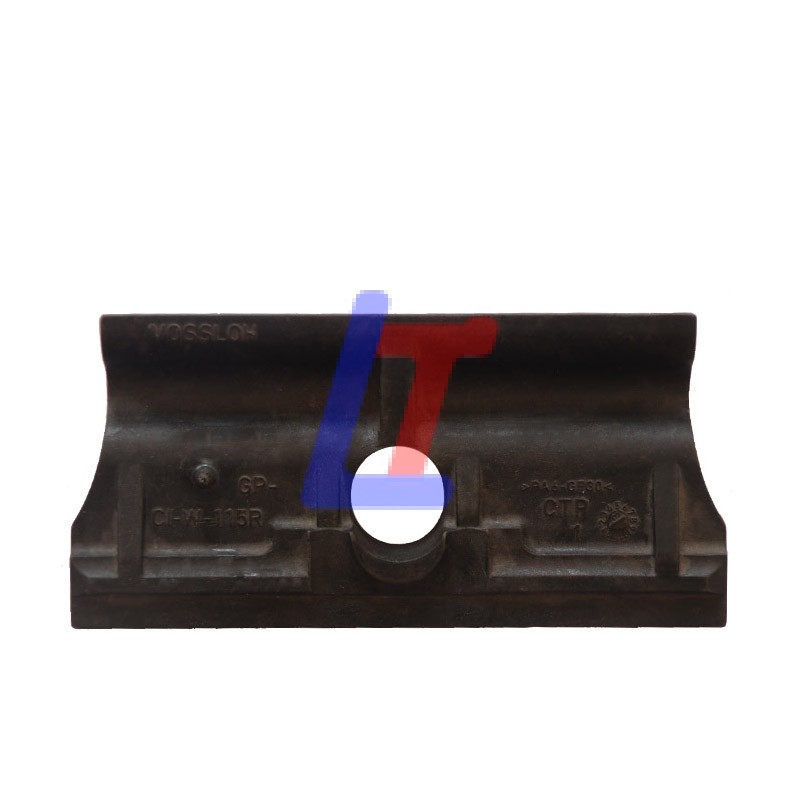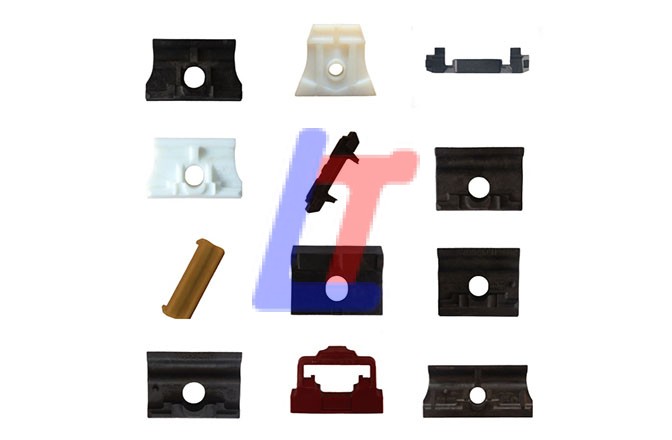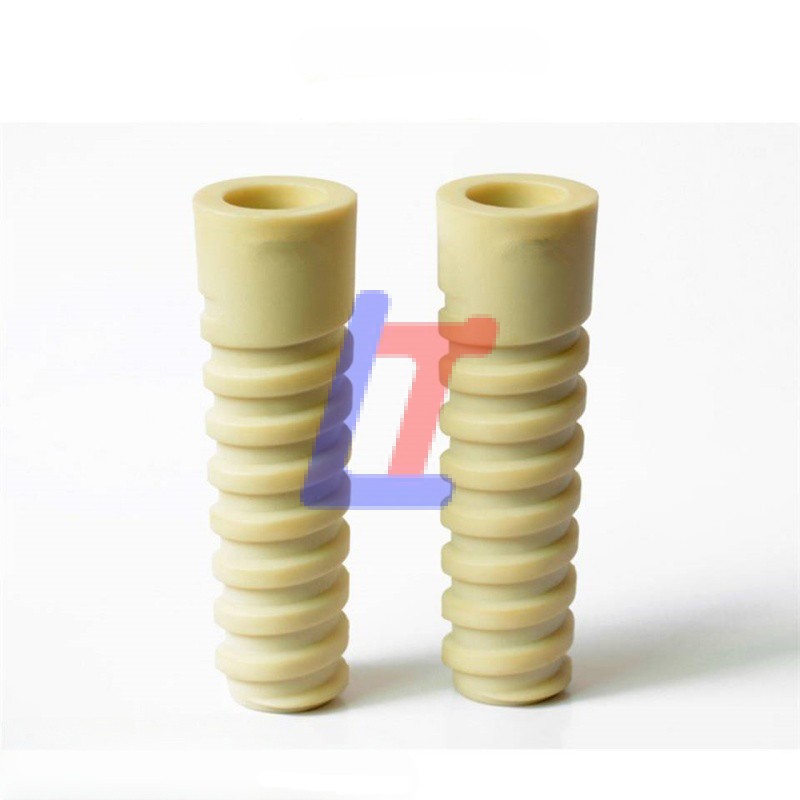Description of Rail Fish Plate
In the field of rail transportation, the rail fish plate is a crucial connecting component. Depending on different usage scenarios and load-bearing capacity, its model and specifications vary. Light rail fish plates are suitable for lightweight lines. Common models include 8KG, 9KG, 12KG, 15KG, 18KG, 22KG, 24KG, and 30KG, which are usually referred to as track clamps. For heavier heavy rails, such as 38KG, 43KG, 50KG, and 60KG, as well as lifting rails QU70, QU80, QU100, and QU120, they are called inclined joint clamps and are mainly used in sections with stronger load-bearing capacity.
Internationally, there are corresponding standards for rail fish plates as well. For instance, there are BS47 and UIC series. Among them, the BS series includes BS80A and BS75R, while the UIC series has models such as UIC60 and UIC54. These standards reflect the advanced and unified nature of international technology.
It is worth noting that the rail fish plates are typically designed in two types: four-hole and six-hole. The four-hole type is suitable for certain specific installation requirements, while the six-hole type offers greater load-bearing capacity and connection flexibility. These differences enable the rail fish plates to meet the diverse needs of various complex railway systems.
Examples of rail fish plates
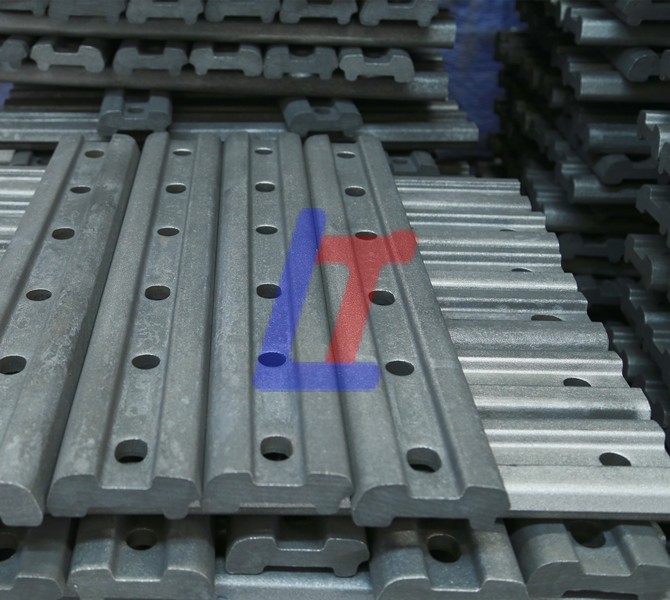
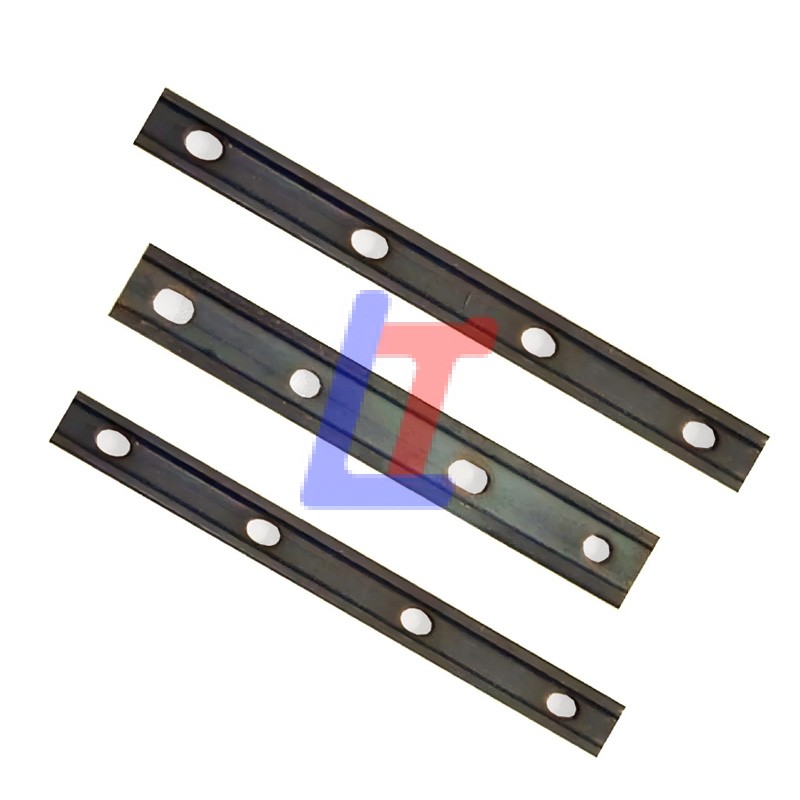
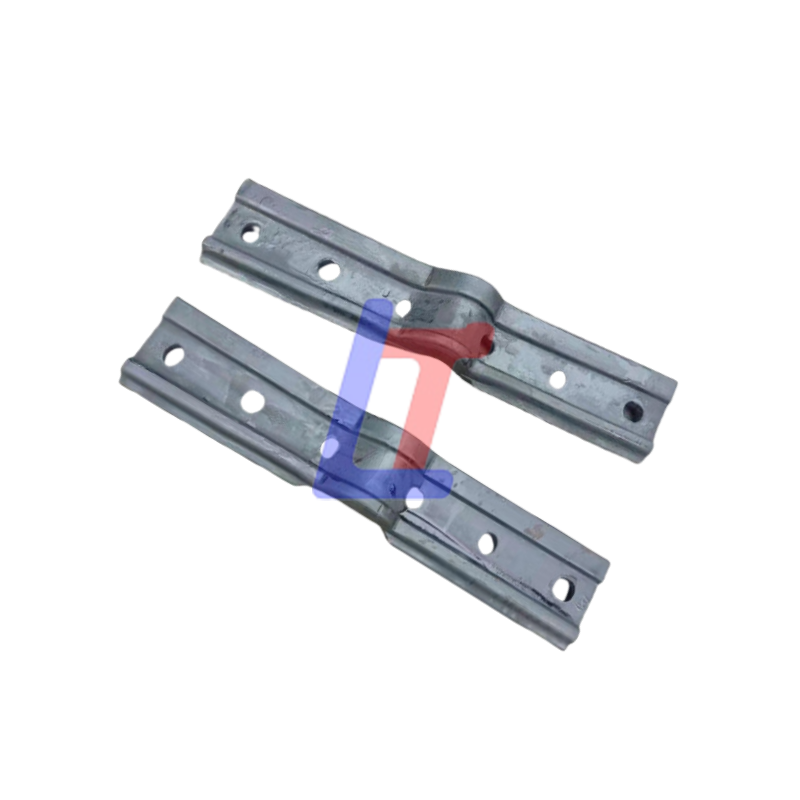
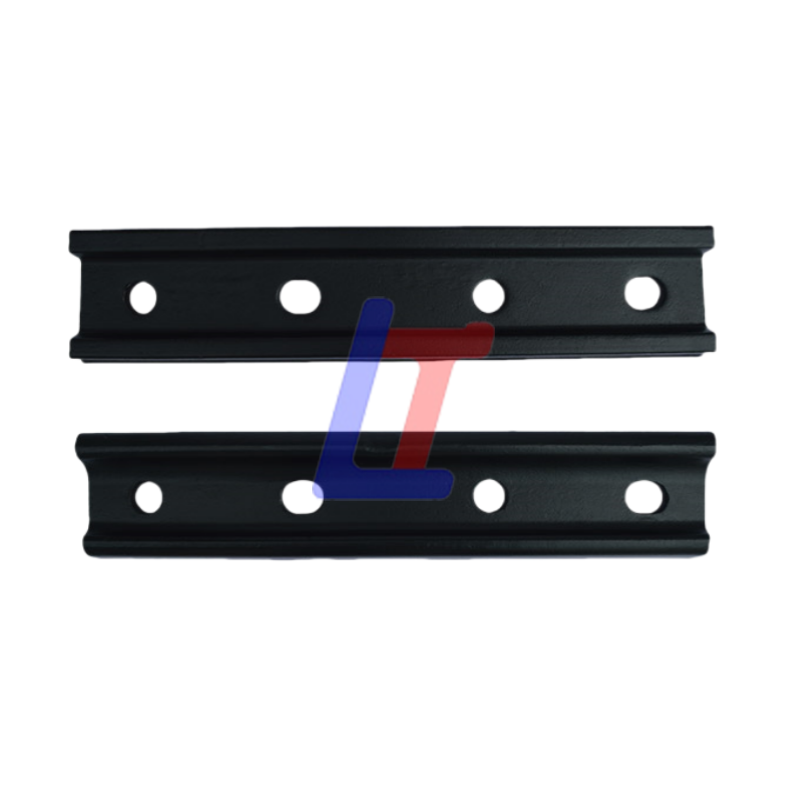

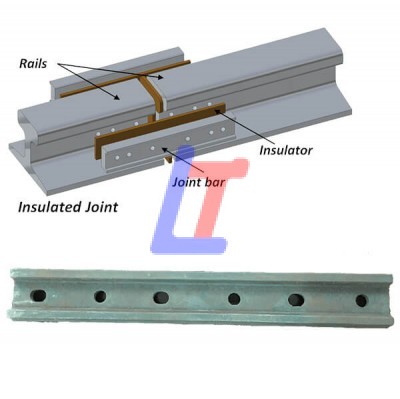
Technical Specifications
| standard | Types of Fish Plates | Material | Holes |
| UIC 864 | UIC54 & UIC60 | 50# & 55# | 4 holes & 6 holes |
| AREMA | 115-119RE &132-136RE | 50# & 55# | 4 holes & 6 holes |
| ASCE | 80lb & 85lb & 90lb &100lb | 50# & 55# | 4 holes & 6 holes |
| BS 47-1 | BS75A & BS80A & BS90A & BS100A | 50# & 55# | 4 holes |
| AS 10085.2-2002 | 31kg & 41kg &47kg | 50# & 55# | 4 holes & 6 holes |
| DIN 5902:1995 | S49 | 50# & 55# | 4 holes & 6 holes |
| TB/T 2345-2008 | P43 & P50 & P60 & P75 | 50# & 55# | 4 holes & 6 holes |
Classification of rail fish plate
1.Bulged Fish Plate
A bulged fish plate (also called compromise fish plate or expansion fish plate) is a specialized rail joint bar designed to connect rails of different heights or sections, while allowing for thermal expansion and contraction. It is commonly used in transition zones, jointed tracks, and areas where rail profiles change.
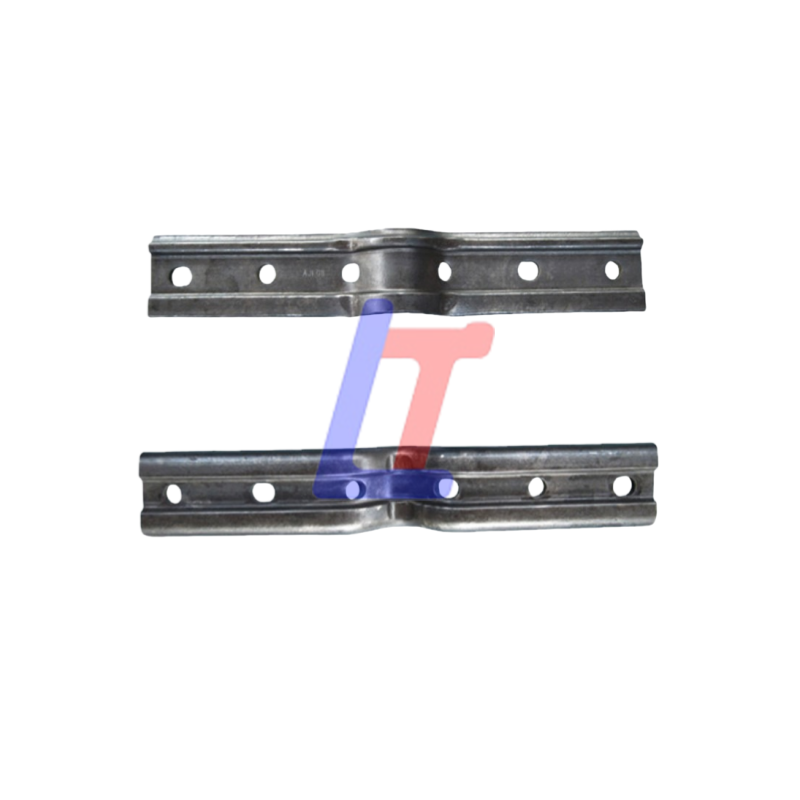
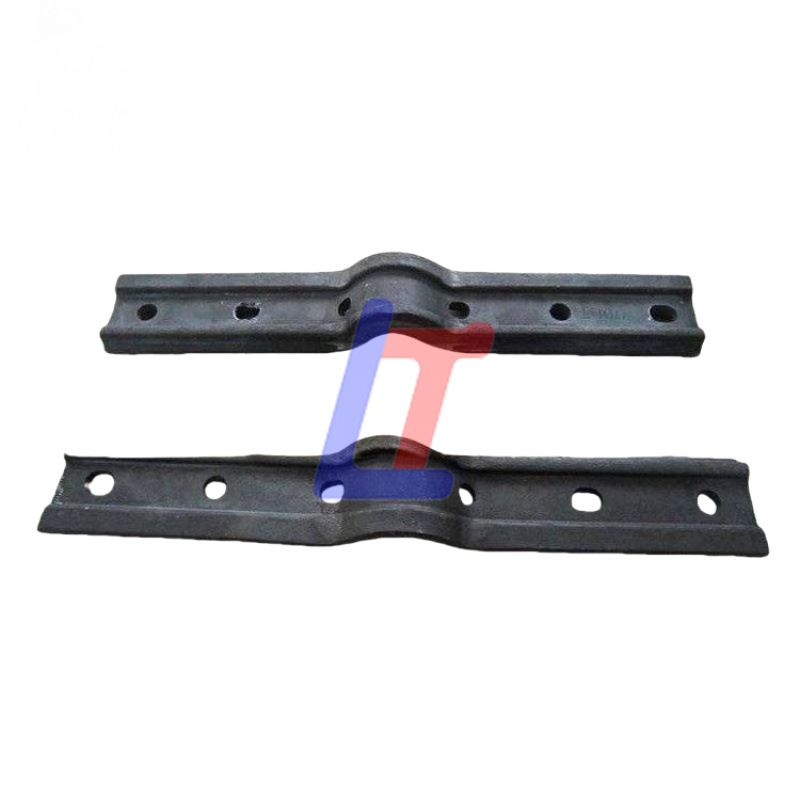
Key Features:
1.Structural Design
- The bulge is located in the middle of the fish plate, with a height usually ranging from 10-15mm. a width covering the weld area (approximately 50-80mm). It is compatible with different rail models.
- Bolt hole configuration: A 6-hole design (3 pairs of bolts) is common. The bolt spacing matches the size of the rail web, ensuring uniform distribution of clamping force.
2.Materials and Performance
- Carbon structural steel (Q235B): It has basic strength (tensile strength ≥ 785MPa) and is suitable for medium and low-speed lines. High-strength low-alloy steel. After quenching and tempering, its tensile strength reaches ≥ 1080MPa, with fatigue resistance improved by 30%, making it suitable for heavy-haul railways.
- Composite materials: It has excellent insulation performance (insulation resistance ≥ 10⁶Ω), corrosion resistance (salt spray test > 1000 hours), and is 40% lighter than steel. It is applicable to electrified railways or corrosive environments.
3.Mechanical Properties
- Load-bearing capacity: Ordinary steel type: It can withstand 200-300kN of longitudinal tensile force, meeting the requirements of passenger and freight trunk lines.
- High-strength type: It can withstand over 400kN of tensile force, suitable for heavy-haul trains with an axle load ≥ 25 tons.
- Deformation resistance: Within the temperature range of -40℃ to 80℃, the elastic deformation of the bulged section is ≤ 0.5mm, ensuring stable connection under extreme climates.
4.Installation and Maintenance
- Convenience: The installation method is the same as that of ordinary fish plate, requiring only 6 bolts for fixation and being compatible with existing track maintenance tools.
- Maintenance requirements: Regular inspection of bolt torque is required (usually 200-300N・m) to prevent loosening caused by vibration.
For composite types, the integrity of the surface coating needs to be checked to avoid ultraviolet aging.
5.Environmental Adaptability
- Corrosion resistance: The surface is treated with hot-dip galvanizing (zinc layer thickness ≥ 80μm) or graphite coating, which can resist erosion from acid rain, salt spray, etc. Its service life is 5-8 years longer than that of ordinary fish plate.
- High and low temperature resistance: Steel types maintain toughness at -50℃, while composite types can work stably in environments ranging from -60℃ to 120℃.
- We can provide different fish plate according to requirements. Welcome to call or write to us for inquiries!
2.The 4-hole Fish Plate
A 4-hole fish plate (also called rail joint bar or splice bar) is a critical component used to connect two rail ends in jointed railway tracks. It ensures load transfer, alignment stability, and smooth wheel transition over rail joints.

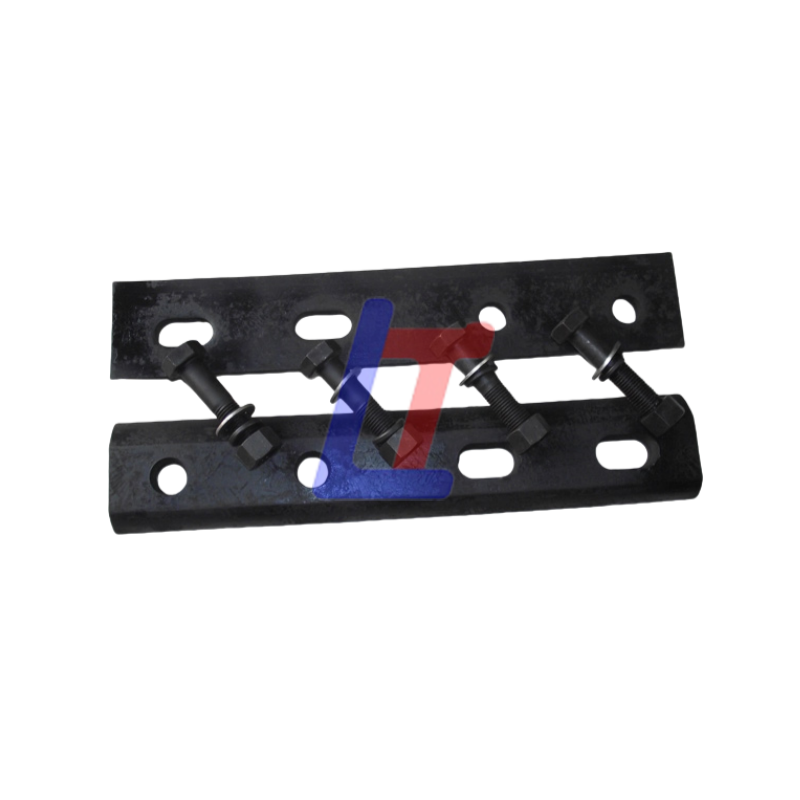
Key Features:
1.4-Bolt Fastening System
- Uses 4 high-tensile fish bolts (typically M24 or M30) for secure joint connection.
- Provides balanced clamping force to prevent joint gap variation.
2.Material & Durability
- Made from forged steel (BS-11, EN 13674-4, or AREMA Grade).
- Often hot-dip galvanized or painted for corrosion resistance.
3.Compatibility
- Designed for flat-bottom rails (UIC, BS, AREMA, or GOST standards).
- Matches common rail profiles (e.g., UIC 54, UIC 60, 115RE, 136RE).
4.Thermal Expansion Allowance
- Maintains 3-6mm gap between rail ends to accommodate temperature changes.
3.Insulated Fish Plate
An insulated fish plate is a specialized rail joint component designed to electrically isolate two rail sections while maintaining mechanical connection. It is essential for signaling systems, track circuits, and electrified railways where electrical continuity must be blocked between rail segments.
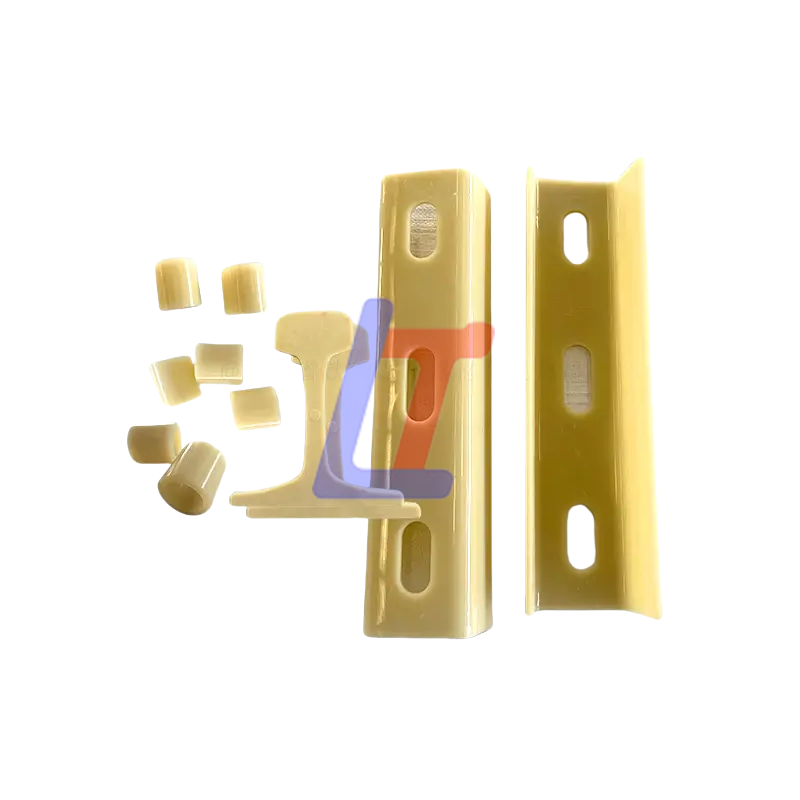

Key Features:
1.Electrical Insulation
- Prevents current flow between joined rails using non-conductive materials (nylon, fiberglass, or composite).
- Critical for track circuit signaling and preventing stray currents in electrified tracks.
2.Mechanical Strength
- Reinforced with steel inserts or high-strength polymers to handle rail loads.
- Compatible with standard fish bolts (M24/M30) and installation tools.
3.Corrosion Resistance
- Moisture-resistant materials prevent degradation in wet environments.
4.Thermal Stability
Maintains insulation properties across -40°C to +70°C temperature ranges.
Advantages
How to Find a Qualified Rail Fastener Manufacturer?
Please choose LTRF.
Why Choose LTRF?
- Strong Technical Expertise
LTRF boasts a dedicated R&D center. Moreover, it maintains long-term collaborations with major industry players such as China Railway, CRCC, and the Academy of Railway Sciences. In addition, it also partners with leading railway universities. As a result, LTRF has been able to develop various innovative fastening systems for both domestic and international markets. Notably, all these systems possess independent intellectual property rights. Indeed, to date, LTRF holds over 30 invention and utility model patents.
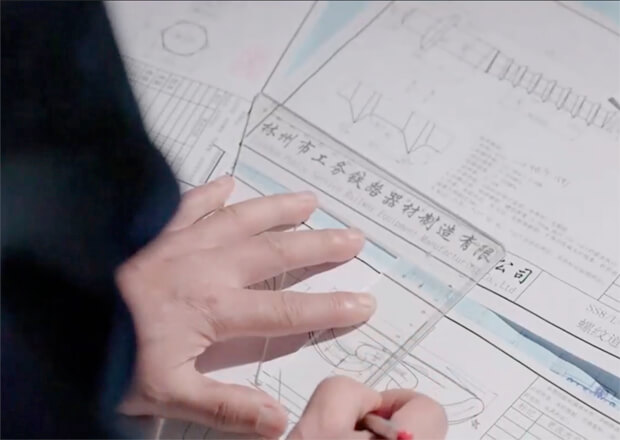
- Professional Manufacturing
LTRF always aims for the best. We carefully choose the materials we use and make sure every part is made with great care and skill. And we believe in doing things perfectly, so we keep coming up with new ideas and check the quality of our products very carefully to make sure they’re good.
We work fast to make sure you get your order on time. And we offer good service before and after you buy something. At LTRF, we also focus on what our customers need. We’re committed to making good products and providing great service in everything we do.
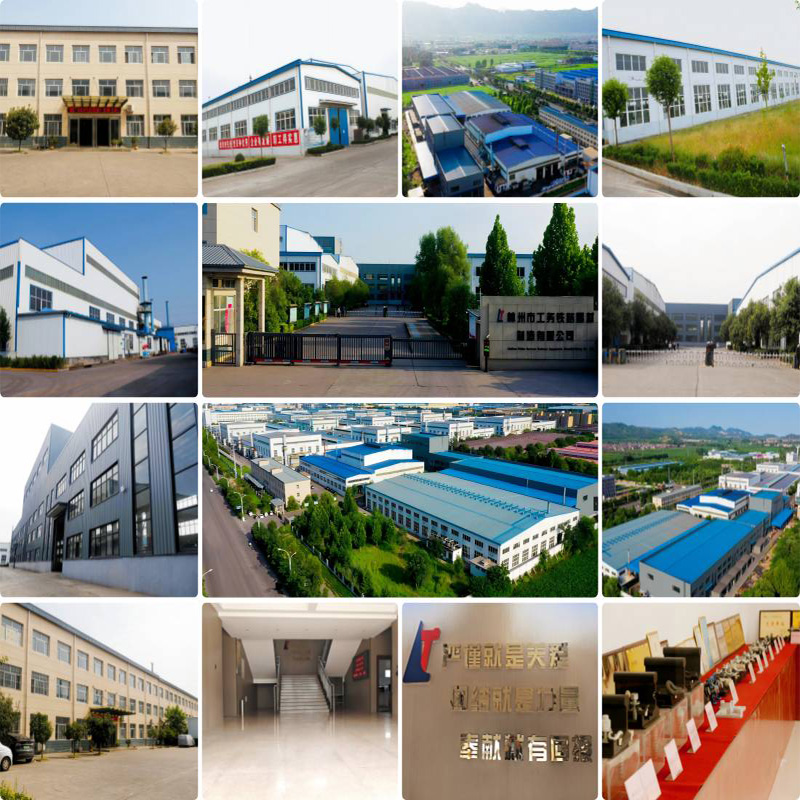
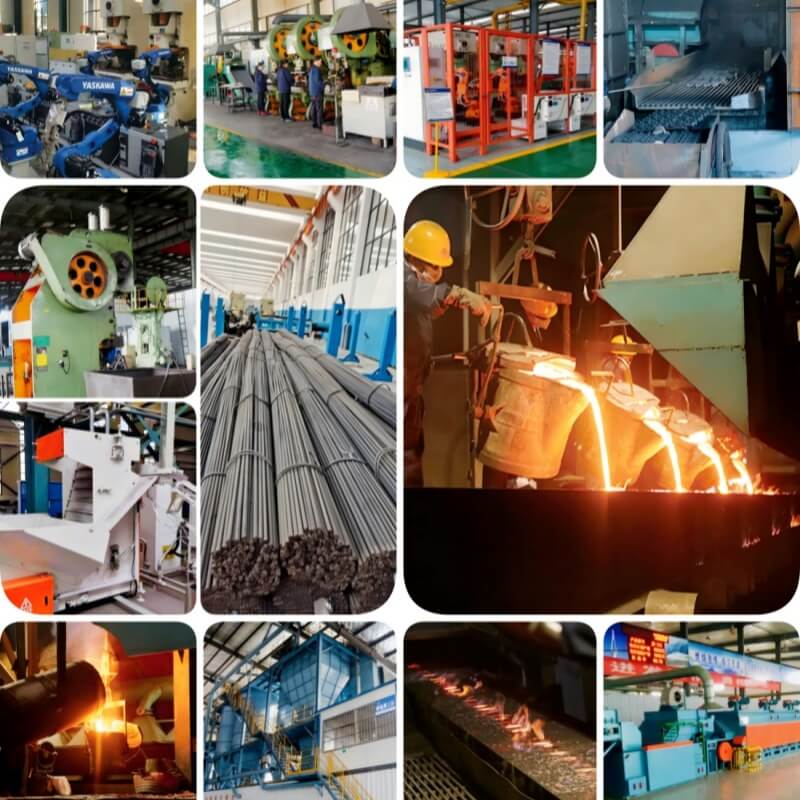
- Competitive Pricing + Superior Quality
LTRF control the cost of each process, and the finance department updates the cost calculation regularly.
Furthermore, LTRF’s advanced testing equipment endows the company with comprehensive quality inspection capabilities for the entire fastener system. This meticulous quality-control measure is crucial for ensuring product reliability. Importantly, LTRF holds ISO and CRCC certification for railway products. These certifications not only demonstrate the company’s compliance with international and industry-specific standards but also enhance its credibility in the market.
